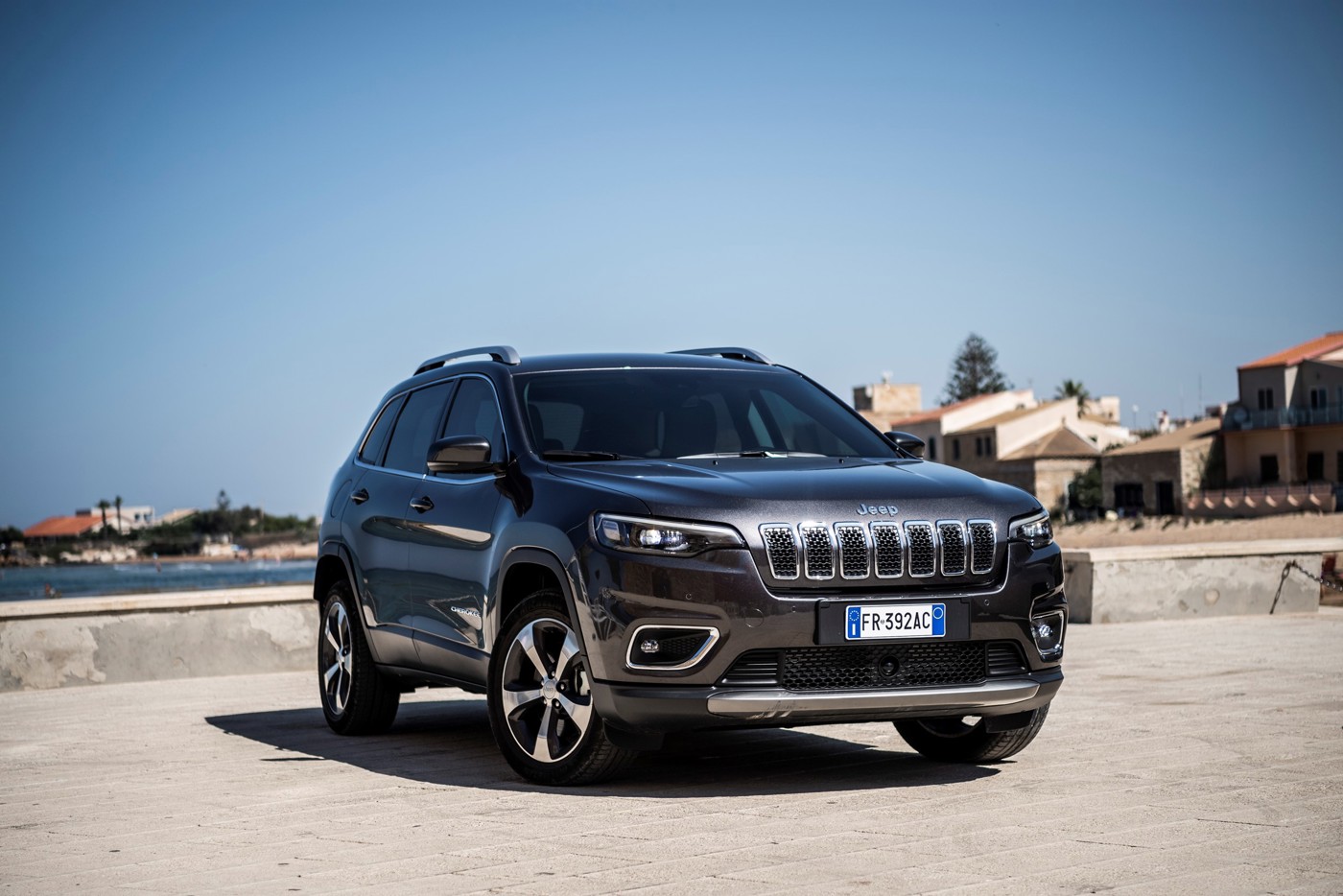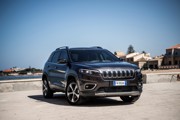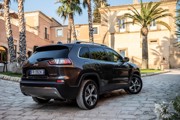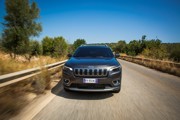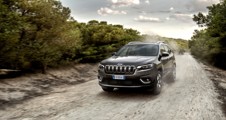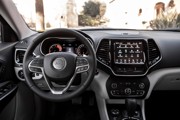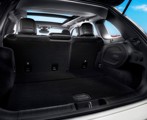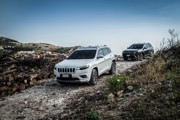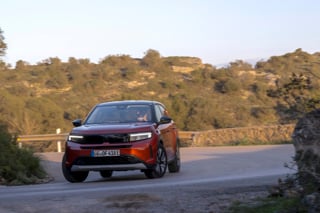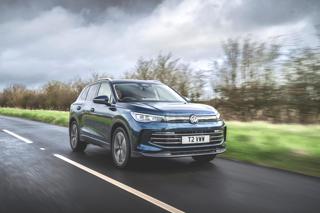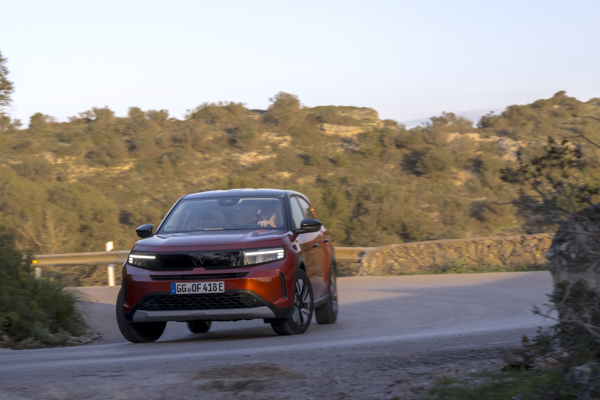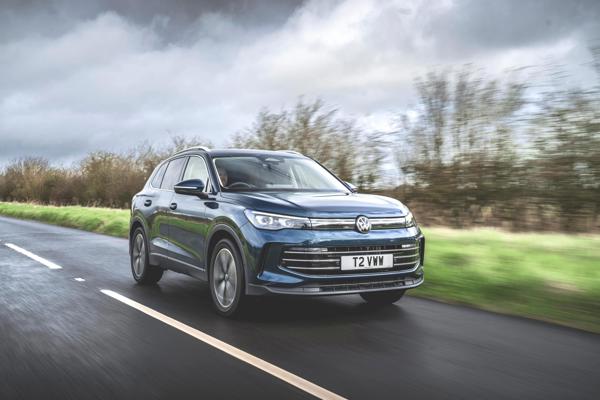Review
User-choosers are firmly in Jeep’s sights with the redesigned Cherokee, a car which the brand claims is more desirable and more capable than ever before.
With Jeep sales booming across Europe thanks to new models such as the Compass and Renegade, a redesign of its core model was much needed.
The soft styling of the previous generation Cherokee has been sharpened with new headlamps, bumpers and, most noticeably, a new tailgate enhancing the looks
In the UK, the Cherokee will be available with only one engine when it goes on sale next year. The 2.2-litre diesel unit produces 195PS and emits 175g/km of CO2.
All-wheel-drive comes as standard, as does a nine-speed automatic gearbox.
Jeep also offers a more frugal front-wheel-drive version, but its availability in the UK has yet to be decided – a shame as it would have greater fleet appeal.
Refinement has been improved in the facelift, meaning the Cherokee now cruises with more grace and improved passenger comfort.
Handling is still behind the class leaders, with vague and overly-light steering spoiling the experience. It does make the Cherokee easy to drive around the city though.
While firmer suspension mitigates body roll, over rougher surfaces the ride can become unsettled.
By redesigning the luggage compartment and fitting sliding rear seats, Jeep has managed to free up 70 litres more space – giving it an advantage over the BMW X3.
Two trim levels will be available – Limited and Overland – both providing a high level of kit as standard.
Key for fleet customers, according to Jeep, is the Cherokee’s vast array of safety and assistance systems. It will also feature the firms new Mopar connect system, which provides drivers and fleet managers with live data from the vehicle.
Prices are yet to be confirmed, but are likely to be aligned to the outgoing model – meaning upwards of £35,000.
Jeep’s efforts undoubtedly make the Cherokee a more attractive package, but the lack of frugal engine option mean it is a less impressive fleet prospect than many of its rivals.



